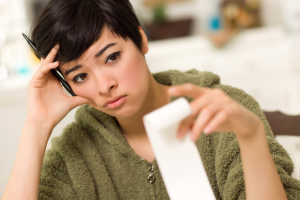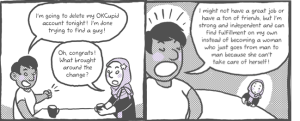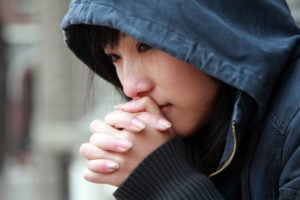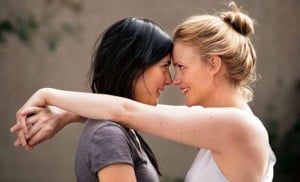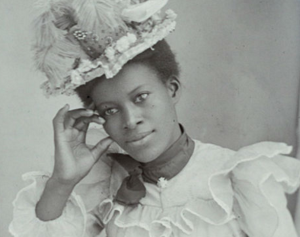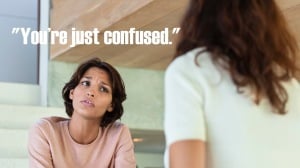My hijab has nothing to do with oppression. It’s a feminist statement. It was probably the first thing you noticed, but I’m wearing a hijab. It’s just a scarf that some women wear to cover parts of their bodies, but you wouldn’t think so given the uproar it causes.
For many men, and non-hijabi women, this piece of clothing is the very epitome of oppression. But in a world where a woman’s value has often reduced her sexual allure, what could be more empowering than rejecting that notion?
By covering up, we reject the message that women must be sexy, but not slutty. Stick thin, but still curvy. Youthful, but all natural. It’s a market that pressures women to try to attain the unattainable. Why does the hijab seem to cause such offense? It’s not that it poses any real threats to the progressive values, but because it resists the commercial imperatives that support consumer culture.
Let me explain. Capitalism constructs women as both merchandise and consumers. Look at how we market cars, beer, and computer games. Hijabi women don’t fit into that mold. Their presumed modesty is a direct contrast to more commercially viable images of women as clothes horses, sex symbols, and shopaholics.
Now, my concern with the hijab being unfairly portrayed as a symbol of oppression is in no way a denial of the fact that some women are forced to wear it in some parts of the world, sometimes through appalling violence.
Yes, some might say there’s nothing inherently liberating in covering up, just as there’s noting inherently liberating in wearing next to nothing. But the liberation lies in the choice.
By assuming that all veiled women are oppressed, we belittle the choice of those who want to wear it. Even when women are vocal about wanting to wear the hijab, they are conveniently unheard or silenced.
Like the time FEMEN leader, Inna Shevchenko, kindly reminded us that Muslim women can’t think for themselves. Her response to a group of women complaining against FEMEN was, “They write on their posters that they don’t need liberation, but in their eyes, it’s written, ‘Help me.'”
If pressure to wear the hijab is seen as oppression, and rightly so, why is social pressure, or legal pressure, to not wear it excused as female emancipation? Only a few months ago, a young girl from France, where women get fined for wearing the face veil, was excluded from school because her skirt wasn’t short enough – I mean secular enough. (The screen shows a newspaper article with this headline, “Muslim girl is told skirt is too long under secular laws” by David Chazan).
And then another Muslim woman was denied a job because she chose to wear a scarf. What’s that you’re thinking? That hijab controls sexuality. Just stop right there.
We have ad campaigns in women’s magazines with step-by-step guides on how to look, smile, and breathe so that you drive him wild with pleasure. Do you really believe it’s a scarf that controls a woman’s sexuality?
Let’s be real. This pseudo-feminist argument against the hijab reinforces existing power structures, and goes against the feminist values it claims to defend.
The truth is that for many women, the hijab allows them to reclaim their bodies and have full control over them, and that makes a lot of people uncomfortable. But what do I know? I’m only a passive little hijabi who can’t think for herself.





